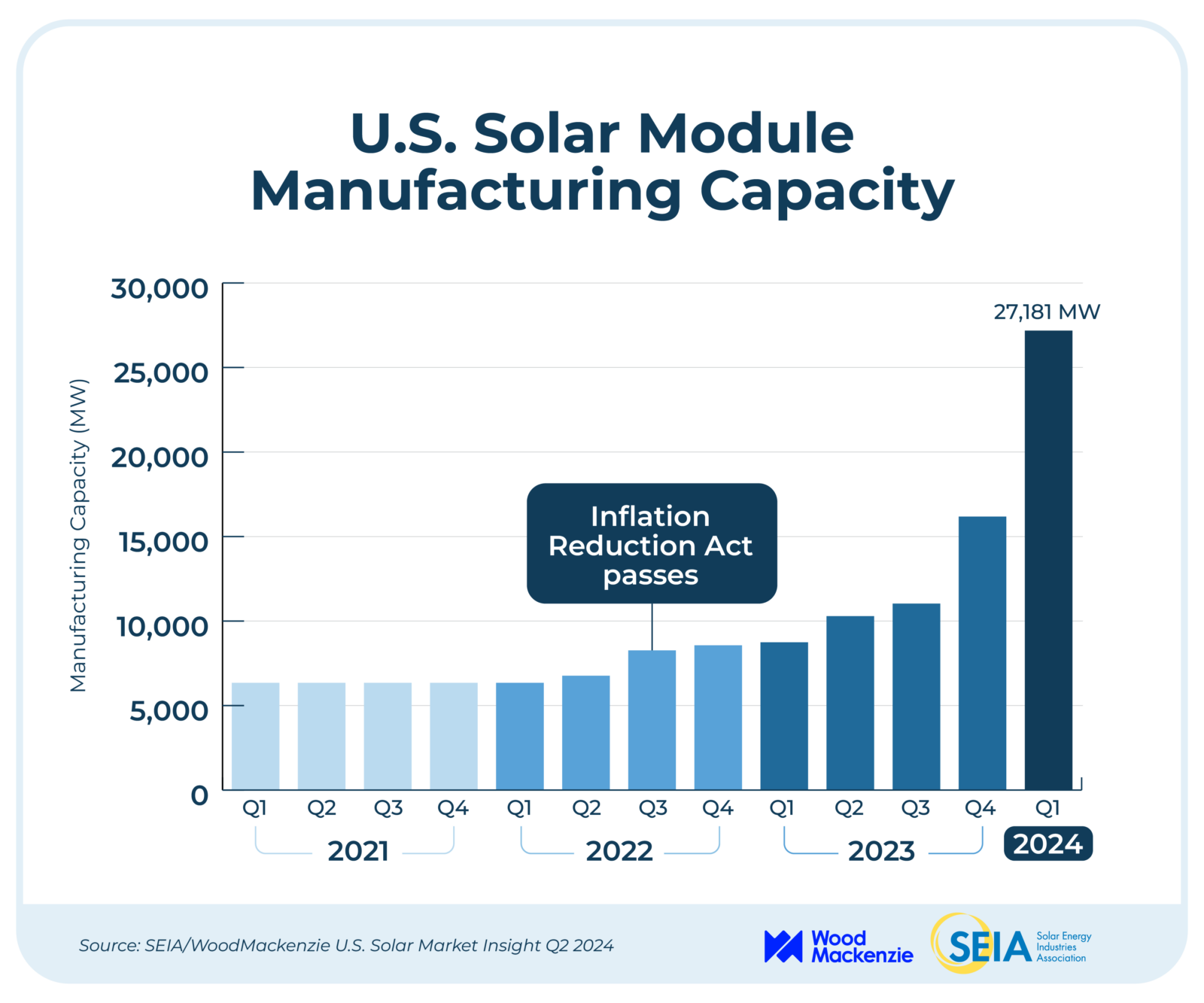Sign up for daily news updates from CleanTechnica on email. Or follow us on Google News!
The latest World Energy Report from the International Energy Agency claims the world will spend more than $3 trillion this year on energy investments, with $2 trillion of that being spent on clean energy — mostly solar power — which is double the amount invested in clean energy last year. The remainder of the energy investments will be in fossil fuels, the IEA report says.
“Clean energy investment is setting new records even in challenging economic conditions, highlighting the momentum behind the new global energy economy. For every dollar going to fossil fuels today, almost two dollars are invested in clean energy,” said IEA executive director Fatih Birol. “The rise in clean energy spending is underpinned by strong economics, by continued cost reductions and by considerations of energy security. But there is a strong element of industrial policy, too, as major economies compete for advantage in new clean energy supply chains. More must be done to ensure that investment reaches the places where it is needed most, in particular the developing economies where access to affordable, sustainable and secure energy is severely lacking today.”
When the Paris Agreement was reached in 2015, the combined investment in renewables and nuclear for electricity generation was twice the amount going to fossil fuel-derived power. In 2024, this is set to rise to ten times as much, the report says, with solar PV leading the transformation of the power sector. More money is now going into solar PV than all other electricity generation technologies combined. In 2024, investment in solar PV is set to grow to $500 billion as falling module prices spur new investments.
China is set to account for the largest share of clean energy investment in 2024, reaching an estimated $675 billion. This results from strong domestic demand across three industries in particular — solar, lithium batteries, and electric vehicles. Europe and the United States follow, with clean energy investment of $370 billion and $315 billion respectively. These three major economies alone make up more than two thirds of global clean energy investment, underlining the disparities in international capital flows into energy.
Too Much Oil & Gas Investment
Global upstream oil and gas investment is expected to increase by 7% in 2024 to reach $570 billion, following a similar rise in 2023. The growth in spending in 2023 and 2024 is predominantly by national oil companies in the Middle East and Asia. The report finds that oil and gas investment in 2024 is broadly aligned with the demand levels implied in 2030 by today’s policy settings, but far higher than projected in scenarios that hit national or global climate goals. Clean energy investment by oil and gas companies reached $30 billion in 2023, accounting for only 4% of the industry’s overall capital spending, according to the report. Meanwhile, coal investment continues to rise, with more than 50 gigawatts of unabated coal-fired power approved in 2023, the highest since 2015.
In addition to economic challenges, grids and electricity storage have been a significant constraint on clean energy transitions. But spending on grids is rising and is set to reach $400 billion in 2024, having been stuck at around $300 billion annually between 2015 and 2021. The increase is largely due to new policy initiatives and funding in Europe, the United States, China and some countries in Latin America. Meanwhile, investments in battery storage are taking off and set to reach $54 billion in 2024 as costs fall further. Yet again, this spending is highly concentrated. For every dollar invested in battery storage in advanced economies and China, only one cent was invested in other emerging and developing economies.
US Solar Power Faces Tariff Increases
Solar power developers in the US will see significant challenges this year. On June 6, 2024, the two-year pause on tariffs for imported solar panels put in place by President Biden expired. US warehouses are bulging with 35 gigawatts’ worth of solar panels imported since the Biden administration removed tariffs on panels from Malaysia, Thailand, Cambodia, and Vietnam in 2022. That action was intended to speed up domestic projects to fight climate change. It has worked a treat, but now the tariffs will be applied to those 35 gigawatts of panels if they are not installed within 180 days. Reuters says to expect a frenzy of activity in the solar power industry in the next six months.
Companies have already dramatically increased project building, with utility-scale installations soaring 135% to 9.8 GW in the first quarter, according to Wood Mackenzie. “The temporary tariff moratorium did its job to ensure a sufficient supply of solar modules to support the need for increased clean energy deployment,” said Stacy Ettinger, senior vice president of supply chain and trade for the Solar Energy Industries Association.
An attorney for U.S. solar manufacturers who are seeking new tariffs on Southeast Asian imports said it was unrealistic to expect all the inventory to be used in the next six months. “The tariff moratorium led to this surge and glut of inventories that we’re seeing today, that has also contributed to the 50% price collapse in the market that is harming the U.S. industry,” Tim Brightbill, a trade attorney with Wiley Rein, said, referring to domestic manufacturers of panels. All of which goes to show that you can’t please all the people all the time.
SEIA Q2 Solar Power Report
The US Solar Market Insight Q2 2024 report prepared by SEIA and Wood Mackenzie, says the total of US solar module manufacturing capacity now exceeds 26 GW annually. That’s not enough to supply of all of America’s needs, but it is far more than a few years ago, before the production incentives in the Inflation Reduction Act became available. Wood Mackenzie now projects that the U.S. solar industry will install 40 GW 0f solar power in 2024.

“This quarter proves that new federal investments in clean energy are revitalizing American manufacturing and strengthening our nation’s energy economy,” said SEIA CEO Abigail Ross Hopper. “Whether it’s a billion dollar investment in a nearby solar project or a new manufacturing plant employing hundreds of local workers, the solar and storage industry is uplifting communities in every state across this country.” Massive growth in the utility-scale market is driving record solar deployment figures as the segment added nearly 10 GW of new capacity in Q1. Florida and Texas saw strong utility-scale growth and led all states for new solar capacity in Q1. Other markets like New Mexico and Ohio also had strong quarters, installing 686 and 546 megawatts, respectively.
“The U.S. solar industry continues to show strength in terms of deployments,” said Michelle Davis, head of global solar at Wood Mackenzie and lead author of the report. “At the same time, the solar industry faces a number of challenges to its continued growth including availability of labor, high voltage equipment constraints, and continued trade policy uncertainty.” Total US solar capacity is expected to double over the next five years to 438 GW by 2029.
An Earthquake In The Solar Power Industry In California
All that good news makes you wonder what in the world is going on in California, where recent policy changes by the state’s public utilities commission have eviscerated the rooftop solar industry. The CPUC has all sorts of excuses for its actions, but the bottom line seems to be a strong preference for utility-scale solar rather than solar systems that benefit individual homeowners. It is true that — per panel installed — utility-scale solar is cheaper than rooftop solar, but that only tells part of the story.
Local power generation gives individuals control over their energy usage. Call it the democratization of energy, if you will. By and large, large investor-owned utility companies loathe the concept of an energy democracy. They are steeped in a long tradition of having an absolute monopoly over electricity and are resistant to anything that challenges that monopoly. Their position is basically, “It’s our electricity and we will control how it is generated and how much you will pay for it!” That attitude may induce some to build their own solar systems and battery storage, and break away from reliance on the grid entirely.
They may not get the benefit of whatever paltry compensation their utility company is willing to give them, but the federal tax credits available coupled with the ability to never pay a utility bill ever again may appeal to a certain segment of society. If enough people choose that route, the companies will be in a similar situation as oil companies are in today as they watch electric cars and trucks cut into the demand for gasoline and diesel fuel. Few would feel much sympathy for these utility companies if that happened.
Have a tip for CleanTechnica? Want to advertise? Want to suggest a guest for our CleanTech Talk podcast? Contact us here.
Latest CleanTechnica.TV Videos
CleanTechnica uses affiliate links. See our policy here.





